Tennessee Native Plants: 10 Gorgeous Garden Flowers

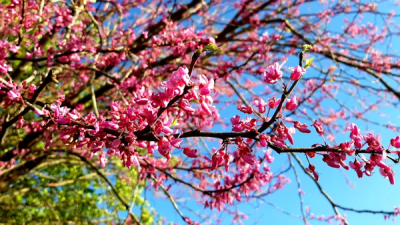
Our list features 10 native plants that bring beauty and ecological benefits to any Tennessee garden setting.
Tennessee is blessed with a rich variety of native plants that each play a role in its unique ecosystems. This includes everything from trees, like the Red Buckeye (Aesculus pavia) and Fraser Fir (Abies fraseri), to herbaceous perennials like Virginia Sweetspire (Itea virginica) and Frostweed (Verbesina virginica). In this article, we'll explore the aesthetic appeal, ecological significance, and advantages of integrating native plants into your own outdoor space. Whether your garden basks in full sun, enjoys dappled light, or sits tucked under a leafy canopy, there's a Tennessee native plant perfect for your landscape. But before we delve into that...
What are Native Plants?
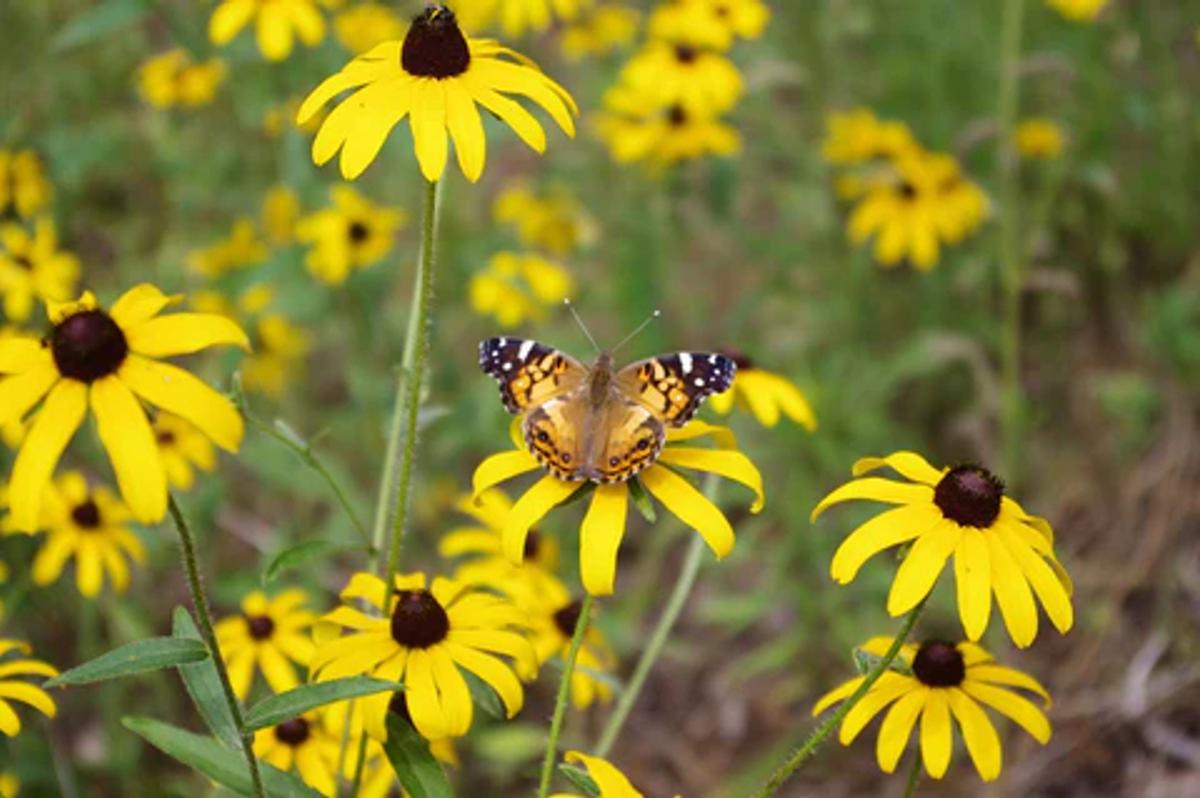
Tennessee's native plants are those that have thrived in the region now known as the Volunteer State (and across much of the eastern United States) for thousands of years. The native species we encounter today - like those celebrated at local native plant events - are descendants of ancestral plants that thrived within Tennessee's ecosystems long before European settlers arrived. Over time, these plants have developed unique adaptations to flourish in Tennessee's local climate while providing vital habitats for local wildlife.
Tennessee's native plants not only directly support local wildlife and ecosystems but also serve as wonderful additions to gardens and landscapes. Many native plants in Tennessee grow quickly, naturally endure periods of drought, require minimal fertilization, and demand little maintenance. Selecting the right native plants for your Tennessee yard can enhance the beauty and ecological value of any landscaping project.
Why are Native Plant Species Important?

There has been an ongoing and incredible loss of animal life worldwide over the past 150 years. This is a tragedy that has affected almost every major group of wildlife, including the many bees, butterflies, birds, and other beneficial pollinators that allow our natural world to function. A leading driver of this crash is land mismanagement: as humans, we've spent far too long removing the native trees and herbaceous perennial plants our local wildlife needs and replacing them with non native species that do little or nothing to help.
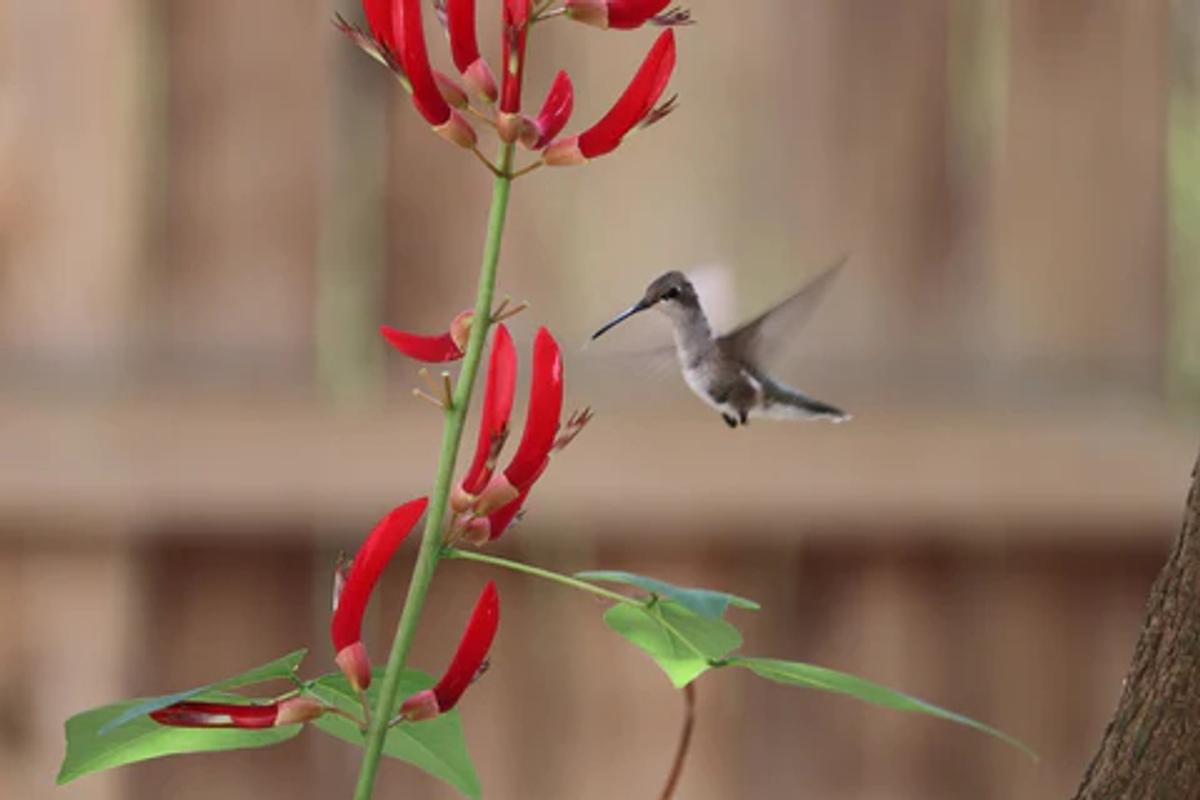
By contrast, the trees, shrubs, grasses, and flowers that are native to their areas are especially well-adapted to provide food and shelter for many beneficial insects, birds, and other wildlife. These plants also tend to cycle nutrients into the soil more efficiently, and retain more storm water, than any kind of turf grass. Many species of native plants can survive in poor soil conditions and are drought tolerant and deer resistant once established which also makes them a great choice for most gardeners. Simply by adding some native Tennessee flowers to our garden beds or other landscaping efforts, we can directly help to reduce atmospheric CO2, create fertile soil, and reestablish a healthy local ecosystem.
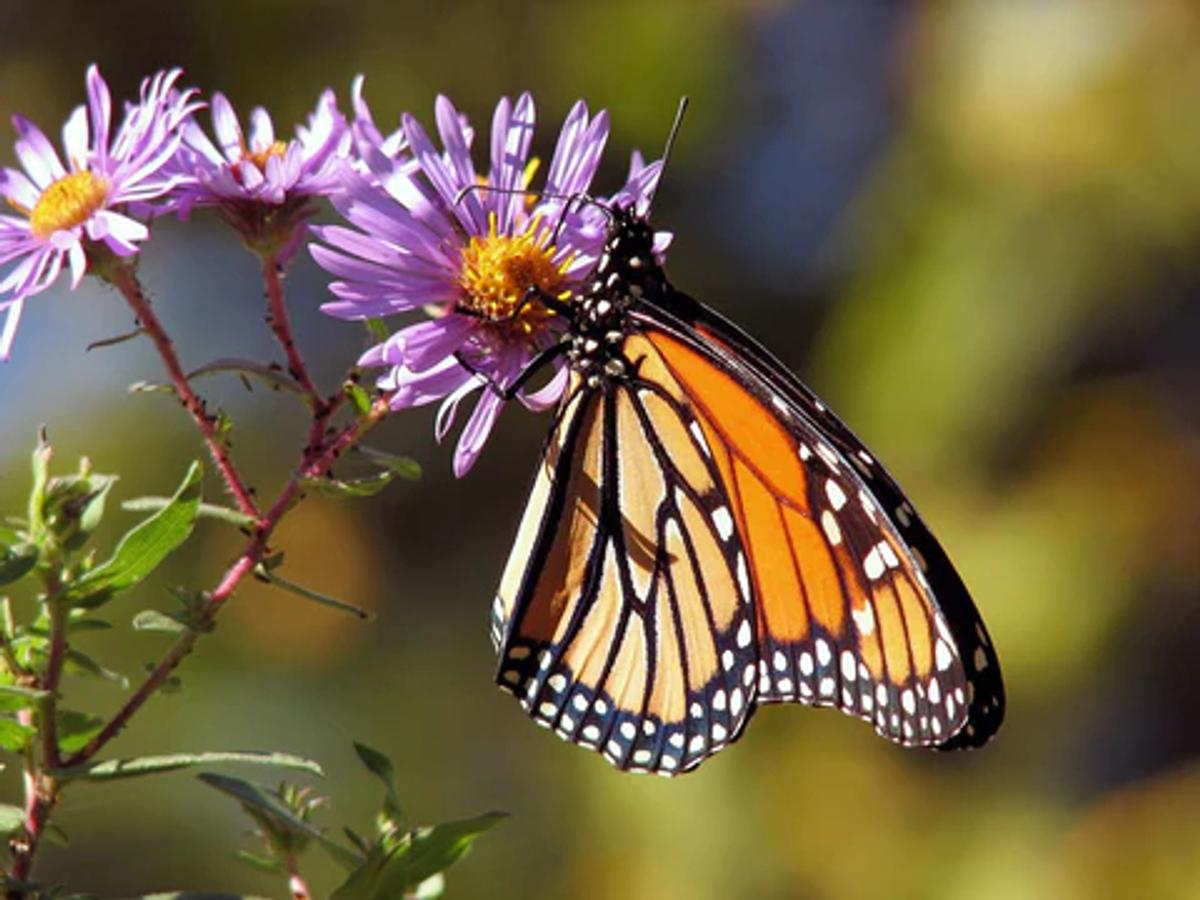
Some Landscaping Suggestions: Native Plants of TN
Below, I share just a handful of Tennessee native plants, and split them into three major plant lists of sun exposure: Full Sun, Partial Shade, and Full Shade. Each one of the plants listed will support many beneficial insects and some can be found in My Home Park's pre-designed gardens for Tennessee.
Native Plants for Full Sun

Purple Coneflower is a widely recognized species across the eastern US and beyond, known for its showy flowers, easy cultivation, and medicinal properties. Purple Coneflower will thrive in full sun to light shade, and adapts well to a variety of soil types, from moist soil to well-draining, and anything sandy, loamy, or even clay. This plant grows in a clump-forming growth habit, typically reaching heights of 2 to 4 feet and spreading about 1 to 2 feet.
Its distinctive blooms, featuring daisy-like purple to pink petals surrounding a raised cone-shaped center, appear from late spring through summer. These flowers attract a huge variety of native insects, making it a valuable addition to pollinator-friendly gardens and flower beds where it pairs well with other Tennessee native plants like Black-Eyed Susan (Rudbeckia hirta) and Bee Balm (Monarda fistulosa). The attractive light brown seed heads that follow the blooms provide winter interest and can also be a food source for birds.
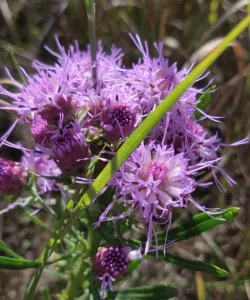
Among Tennessee native plants, Rough Blazing Star is a particularly captivating and unique flower that really shows off with tall, slender spikes of vibrant purple blossoms in late summer to early fall. This perennial beauty thrives in full sun and well-draining soil, making it an excellent choice for sunny garden beds. Growing to heights of 2 to 4 feet, Rough Blazing Star's striking appearance and coloration make it a favorite among pollinators, particularly butterflies and bees. Its drought tolerance and low-maintenance nature make Rough Blazing Star a resilient and visually captivating addition to gardens, contributing to both beauty and biodiversity.

Butterfly Weed, also commonly referred to as Butterfly Milkweed, is a wonderful choice for first-time gardeners looking to make a positive impact on their environment. With its striking clusters of bright orange flowers and slender, dark green leaves, this native perennial not only adds beauty to your garden but will also attract butterflies and bees to feed. Easy to care for and well drained soil, Butterfly Milkweed is a perfect starting point for those new to gardening, providing a splash of color while contributing to the health of local ecosystems.
As a member of the Asclepias genus of milkweeds, Butterfly Weed provides endangered Monarch Butterflies (Danaus plexippus) with a place to lay their eggs. Monarch Butterfly caterpillars feed exclusively on milkweeds, so by cultivating this plant in your garden, you'll be creating a stunning landscape while also contributing to the conservation of this fragile species.

Lanceleaf Coreopsis is one of our favorite Tennessee natives here at My Home Park. This charming native wildflower blooms bright and cheerful with golden-yellow flowers that light up gardens and meadows in late spring through early summer. This perennial beauty thrives in full sun and well-draining soil, making it an excellent choice for sunny garden beds. Growing to heights of 1 to 3 feet, Lanceleaf Coreopsis forms attractive clumps of lance-shaped leaves and a profusion of daisy-like flowers. Its long-lasting blooms are not only a visual delight but also provide sustenance for pollinators like bees and butterflies, contributing to the local ecosystem's health.
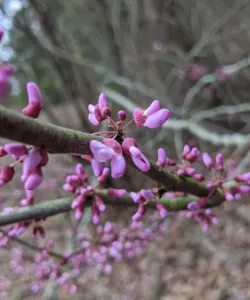
The Eastern Redbud is a captivating and nearly ubiquitously native tree across the central and southeastern US. It is named and celebrated for its delicate, rosy-pink blossoms that blanket its smooth gray bark and branches in early spring before its heart-shaped dark green leaves emerge. This deciduous tree thrives in various soil types and is well-suited to gardens, woodlands, and natural landscapes. Eastern Redbuds are medium sized trees that typically reach heights of 20 to 30 feet tall and fit well into diverse landscapes. In addition to its ornamental value, this tree is a valuable resource for pollinators like bees and butterflies. Its adaptability, early-blooming flowers, and vibrant foliage throughout the year make Eastern Redbud a cherished choice for gardeners seeking both visual charm and ecological benefits in their landscapes.
Native Plants for Partial Shade
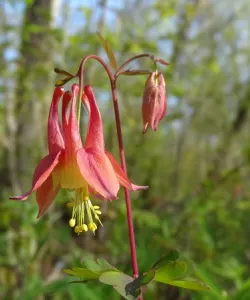
Wild Red Columbine, also called Eastern Columbine, features unique red and yellow flowers that bloom from late spring to early summer. Growing to a height of 1 to 3 feet, it boasts a graceful growth habit that is just as home in a pollinator garden as in a naturalized area. This plant thrives in partial sun from full shade to full sun and is well-suited for woodland gardens, dappled borders, and other native landscapes with well drained soils.
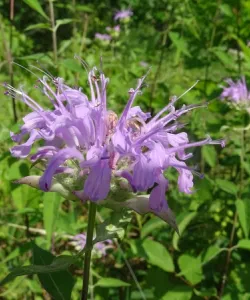
Bee Balm (Monarda fistulosa), also known as Wild Bergamot or Oswego Tea, is a delightful native perennial known for its vibrant and showy blooms that enliven gardens and meadows alike. This aromatic herb thrives in full sun to partial shade and well-drained soil, making it a versatile choice for various garden settings. Standing at heights of 2 to 4 feet, Bee Balm in full bloom bears clusters of tubular flowers in shades of pink, purple, and white, creating a visual spectacle throughout the summer. Besides its striking appearance, Bee Balm is a pollinator magnet, attracting bees, butterflies, and hummingbirds. Its aromatic leaves also make a delightful herbal tea. Easy to grow and maintain, Bee Balm is a must-have for gardeners seeking both visual appeal and ecological significance in their landscapes.

American Beautyberry is a fascinating native shrub named for its remarkable clusters of dark purple berries that adorn its branches in late summer to early fall. This deciduous shrub, thriving in full to partial sun and well-drained soils, adds a burst of color and beauty to gardens and natural landscapes. Typically growing to heights of 3 to 6 feet, American Beautyberry grows arching branches covered in serrated, opposite leaves. Beyond its ornamental appeal, this shrub serves as a valuable food source for birds and other wildlife who relish its berries, making it an essential part of local ecosystems.
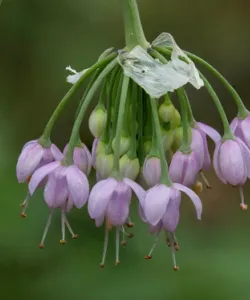
Nodding Onion is a charming perennial herb celebrated for its delicate and elegant appearance. This wildflower thrives in a variety of settings, from woodlands to gardens, and is particularly well-suited to sunny locations with well-draining soil. Nodding Onion typically grows to heights of 1 to 2 feet, and its bell-shaped pink to lavender flowers bloom in clusters on the ends of its slender stems in mid to late summer. Like so many other plants on this list, this plant readily attracts butterflies and other pollinators, contributing to the local ecosystem's health. Nodding Onion's mild onion scent and edible bulbs also add a unique culinary element to the garden.
Native Plants for Shade
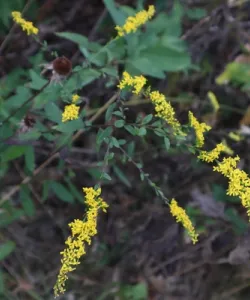
Elm-Leaf Goldenrod brightens woodlands, meadows, and gardens with its cheerful golden-yellow plumes of tiny blossoms in late summer to early fall. This hardy beauty thrives in partial to full shade and well-drained, moist soils, making it an ideal choice for shaded garden beds. Elm-Leaf Goldenrod typically reaches heights of 2 or 3 feet, forming dense clusters of elongated, elm-like leaves and striking flower spikes. Elm-Leaf Goldenrod's ability to flourish in shade and its ecological significance make it a valuable addition to woodland gardens, shaded landscapes, and natural habitats, offering both beauty and biodiversity.
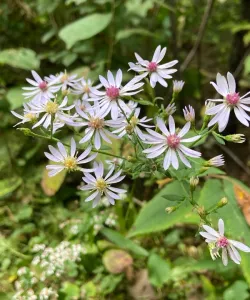
Heart-Leaved Aster is another nearly ubiquitous Tennessee native plant that graces gardens and natural landscapes alike with its delicate, daisy-like lavender-blue flowers in late summer and early fall. This resilient wildflower thrives in full to partial shade and well-drained soil, making it adaptable to various garden settings. Typically reaching heights of 1 to 3 feet, Heart-Leaved Aster showcases heart-shaped leaves and clusters of cheerful blooms that attract pollinators, including bees and butterflies.
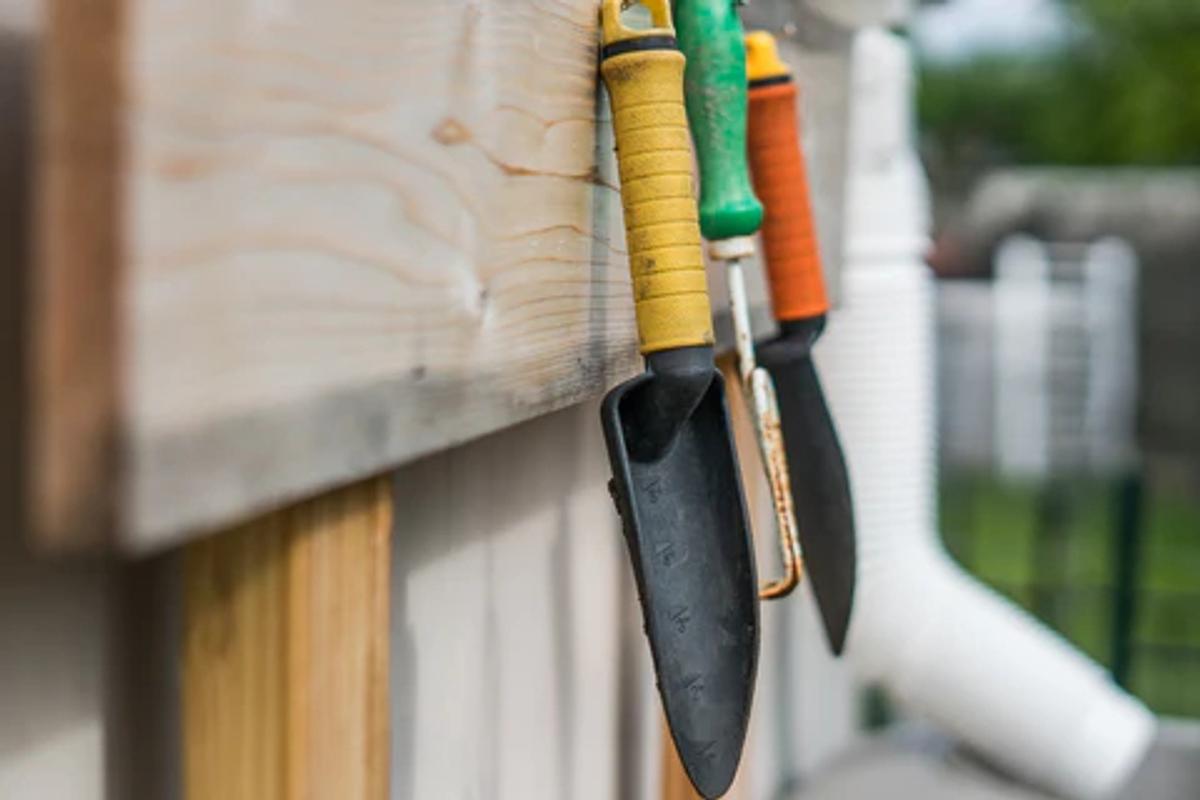
What You Can Do Today
If you live in Tennessee, My Home Park has over 25 low maintenance, pre-designed gardens that bring together diverse sets of native plant species produced by expert, organic growers who draw on diversified gene lines. These gardens are designed to bloom from early spring to fall, beautifying your landscape while supporting wildlife. Check out our catalog for Tennessee or in any of the other states we serve in the Midwest, Mid-Atlantic, and beyond to get started today!
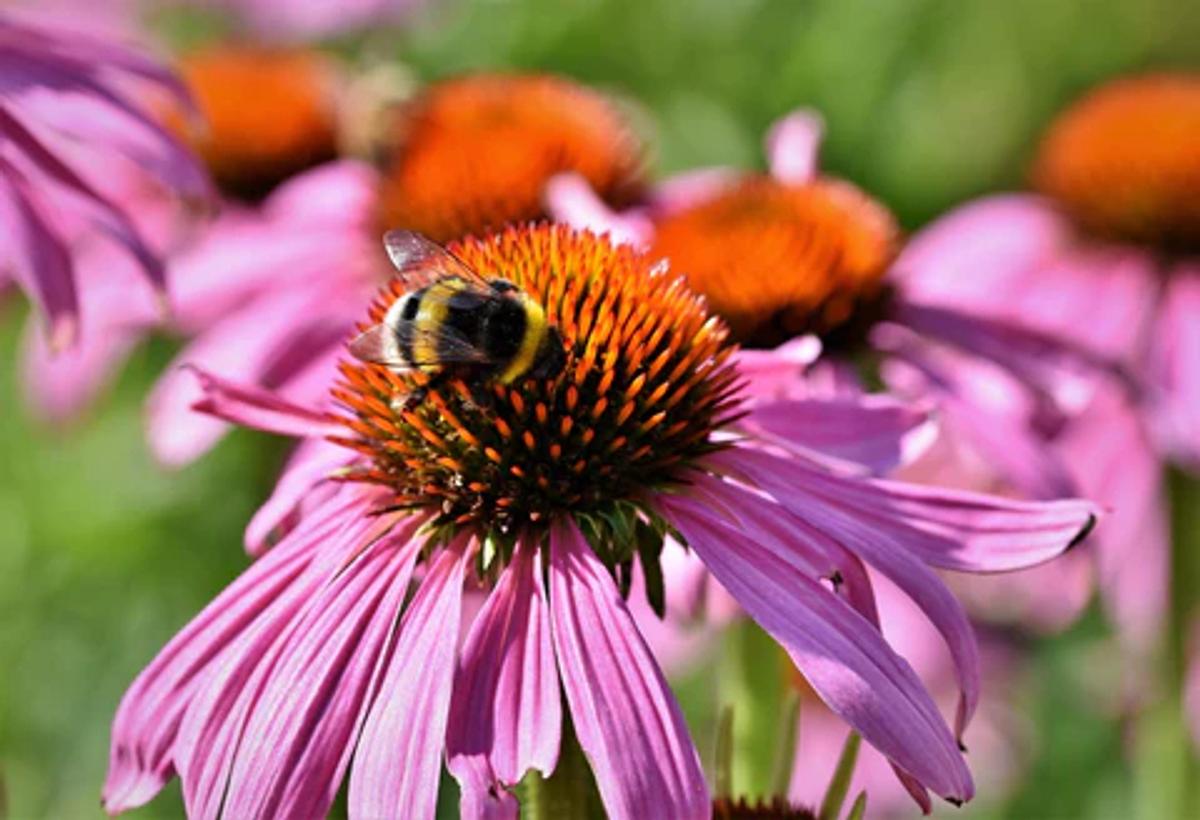
Share this article


